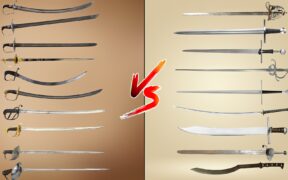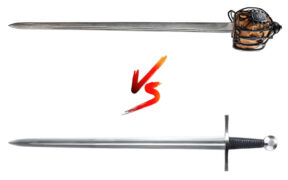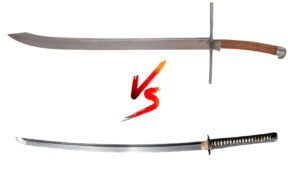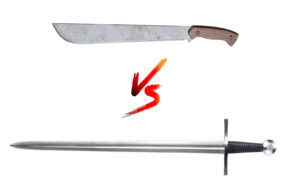Knife vs Dagger vs Sword: Key Differences and Uses
NO AI USED This Article has been written and edited by our team with no help of the AI
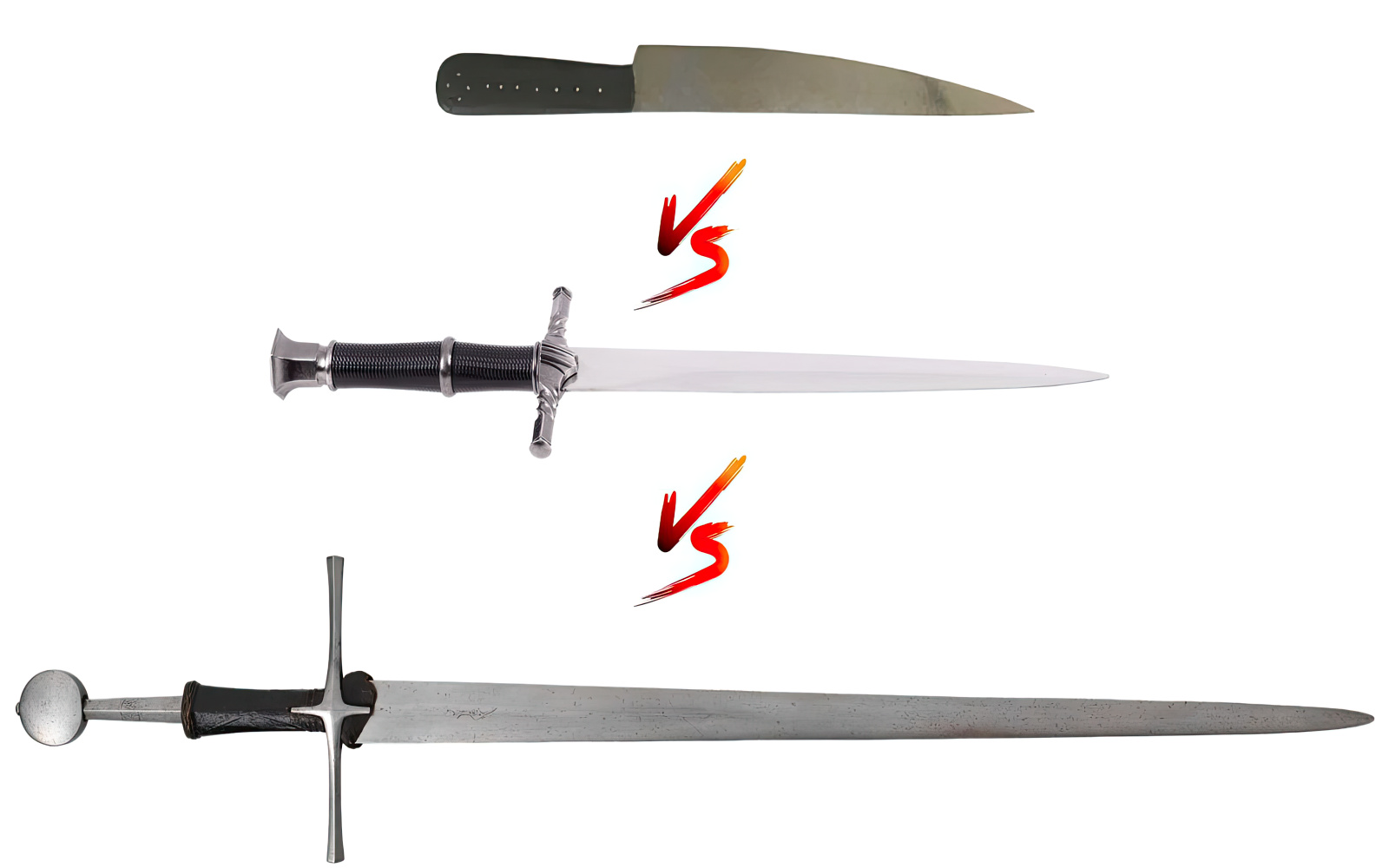
Knives, daggers, and swords occupy a unique place in the wide spectrum of bladed weapons in modern and historical times. They are essential to mankind in combat, martial arts, training, survival, and recreation.
This article will examine the main differences between the three weapons by going over their design traits. We will examine their history, significance, and how their traits have evolved. We will also explore their combat preferences.
Characteristics and Design Differences
Each knife, dagger, and sword carries unique characteristics even within their own category. Despite that, some key differences distinctly define them.
Knives
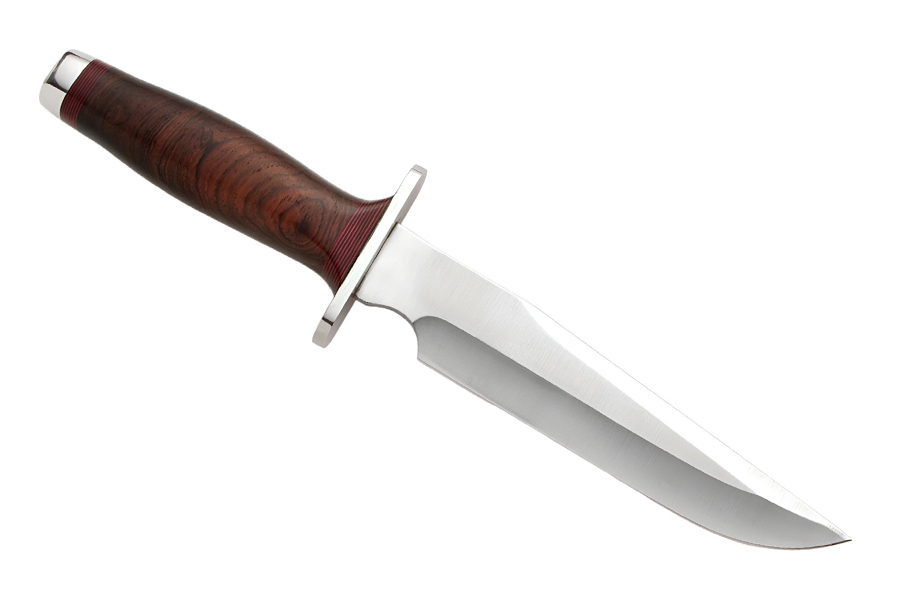
Knives, known for their short blades, are compact, one-handed tools. Often featuring a visible tang, their handles are made from materials like hardwood, bone, or metal and come in curved and straight shapes.
Historically and today, knives are valued for their concealment. Pocket knives, neck knives, and folded knives are designed to be carried easily, providing an array of uses.
Most knives have a single-edge blade supported by a thicker, unsharpened spine. They are essential everyday tools, useful for a range of activities such as harvesting, cutting rope, and cooking. Kitchen knives, for instance, are indispensable for culinary tasks, while others might be used for cutting boxes.




As versatile tools and weapons, knives are often carried on belts, in bags, or tucked into boots. The Viking seax exemplifies this dual-purpose tool, used by nobles for daily activities and as weapons.
Their short, rigid blades, requiring little flexibility, have sharp edges that are easy to maintain. This characteristic makes them highly effective for various routine tasks.
Daggers
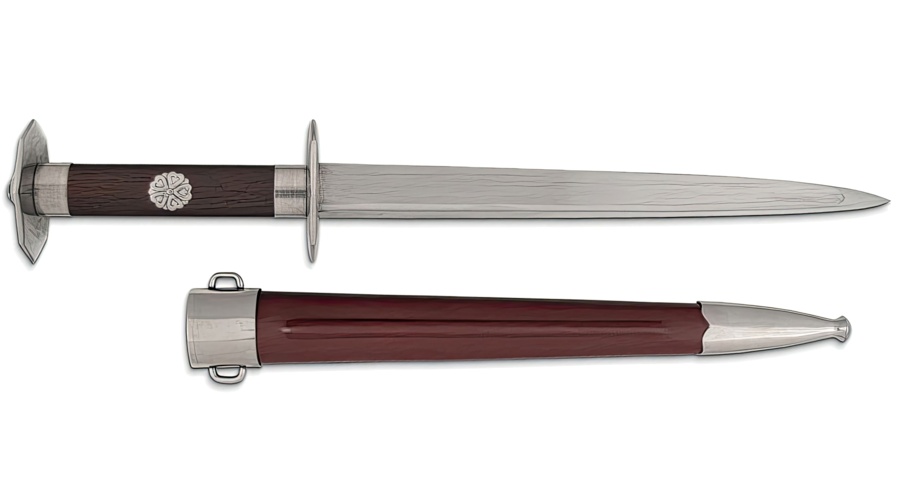
Daggers, the mid-length blades among melee-edged weapons, are longer than knives but shorter than short swords, with some forms blending these categories.
These double-edged blades are designed for combat and are often used alongside short swords. Mostly straight, their stiff yet somewhat flexible structure is ideal for deep, potentially lethal thrusts.
The straight handle of the dagger typically features a pommel and a handguard. The handguard is crucial for protection, especially when used in a downward stabbing motion, preventing the user’s hand from sliding onto the blade.




Their blades may include fullers to reduce weight. Some, like the Italian cinquedea, are artistically enhanced, while others, such as the Scottish dirk, maintain simplicity.
Daggers serve multiple purposes: as everyday tools, as weapons in war to exploit gaps in armor or to surprise foes, and as symbols of status, often enriched with decorations. These attributes make them versatile, effective and represent the bearer’s standing.
Swords
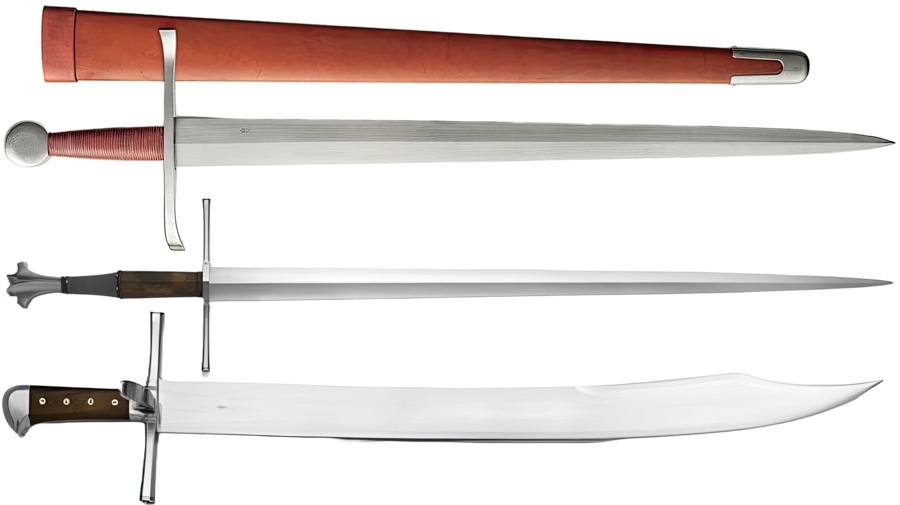
Swords, the largest in the melee combat weapon group, vary greatly in length, size, and weight. As primary weapons of war, they’re designed for offense and defense.
Available as one-handed, two-handed, or hand-and-a-half weapons, their handles varied from straight, curved, and pistol grip designs, each with a pommel for balance.
Their blades differed in length and form. Straight blades, like European arming swords, excelled in cutting and thrusting, while curved ones, such as the Chinese dao, were ideal for slashing, especially on horseback.
Featuring single or double-sharpened cutting edges, they often had fullers to reduce weight, an unsharpened ricasso for grip versatility, different blade profiles, thickness levels, and various tips.
The hand is protected by a handguard, ranging from a cruciform crossguard to a Japanese tsuba. Some, like basket guards, focus on protection. Made from bronze, iron, high-carbon steel, and Damascus steel, each sword’s blade designs are engineered to balance strength and flexibility.
History Significance
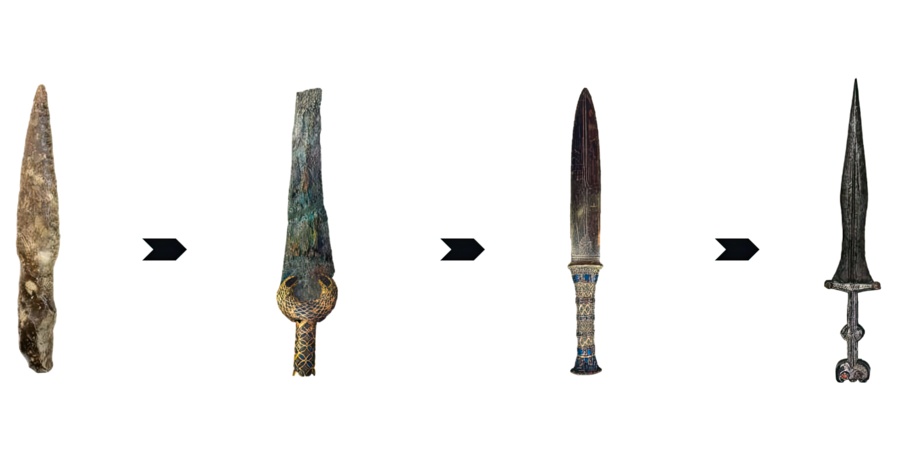
Knives were some of the first tools in history that drastically impacted humanity. They were made 2.5 million years ago from stone. As materials evolved, the use of flint, ivory, bone, copper, and bronze emerged.
With these early technological advancements came the daggers, roughly around 5000 years ago. They were larger and sturdier than knives and were initially made from bronze, copper, and obsidian, symbolizing a higher social status.
With the gradual increase of metallurgy, came bigger daggers and sickles. As a result, the Middle Eastern Mesopotamian or Egyptian khopesh sickle swords first came, as well as the Chinese jian dagger-like swords. These first bronze-age blades weren’t useful in battle and were purely ceremonial. The first swords effectively used in war emerged during the 16th century BCE.
With the decrease in bronze and tin and the discovery of easily obtainable iron came iron swords and, eventually, steel blades. Steel became the preferred material for these melee blades roughly after the end of the ancient era.
While swords were the best sidearms for many warrior cultures, they were partially linked with nobility. Knives and daggers were more universally accessible due to their affordability and practicality.
With the increase of firearms, swords will become tools used for dueling, training martial arts, and use on horseback. The smaller daggers were used as bayonets on the end of rifles, whereas knives were used for everyday survival or recreational tasks.
Combat Preference
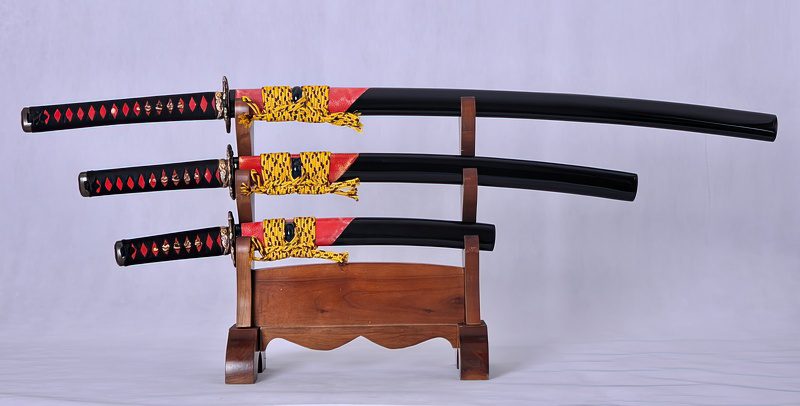
Knives are primarily tools for survival and everyday tasks, but they can be effective in combat, too. Some fighting knives are ideal for slashing and fast thrusting in close quarters. They can be easily concealed, carried effortlessly, and used as a stabbing weapon.
Daggers, with their deep penetrating blades, were essential for any warrior. A samurai or a European knight would only enter a fight with his trusty dagger. Easily unsheathed and concealed, they could pierce gaps in armor significantly better than a larger sword.
Some daggers were combined into a sword and dagger combination, especially with a longer-bladed rapier sword. Daggers were necessary secondary weapons to the sword, with some dagger designs like the stiletto able to penetrate parts of mail or plate armor.
Swords varied in design along with combat preference. Shorter blades like the gladius were ideal for formation-based fighting, whereas a large Scottish claymore had more attacking power and reach but sacrificed its versatility.
Swords were often sidearms to primary weapons such as bows, rifles, spears, pikes, and polearms. While a sword could not thrust as well as a spear nor cut as deep as an axe, it could still do so satisfyingly well. This made it the ideal close-combat fighting weapon for self-defense. Today, the sword today is the most used bladed weapon in arts such as HEMA (historical European martial arts), kendo, or wushu.
